Tiles Made At The Moravian Tile Works In Doylestown, Pa., That Adorn Fireplace Surrounds In York, Maine
By Justin W. Thomas - August 23, 2024
Henry Chapman Mercer (1856-1930) was born in 1856 to a wealthy Doylestown, Bucks County, Pa., family. One of Mercers greatest influences was his Aunt Lela, otherwise known as Elizabeth Chapman Lawrence (1829-1905), as she exposed Henry to her life in society and instilled in him a great sense of self-awareness and independence. Born in Doylestown, Elizabeth attended one of Philadelphias female academies, where her social contacts included members of the citys society, and in 1854, she married Timothy Bigelow Lawrence (1826-69), a wealthy son of a New England textile family.She paid for Mercers education at Harvard and the University of Pennsylvania, as well as his trips abroad. She also contributed the money to build what became the Mercer Museum, and when she died in 1905, she left the bulk of her estate to Henry, who used it to build his home at Fonthill. After graduating fromHarvardin 1879, Henry Mercer studied law at theUniversity of Pennsylvania, but he never pursued a career in the field. Instead, Mercers interests turned to archaeology. He became the curator of American and Prehistoric Archaeology at theUniversity of Pennsylvanias museum from 1894-97. His site excavations as an archaeologist led to his interest in unearthing what drove America before the Industrial Age. Mercer began collecting objects that he felt told the story of human achievement. He believed that studying the tools that people used in everyday life painted a picture of their progression.Among his studies were examining stone artifacts in the Delaware Valley and exploring the hill caves on the Yucatan Peninsula. While building his collection, Mercer developed a special interest in the Pennsylvania German and Moravian settlers. He was particularly attracted to German pottery and Moravian tile work. By 1889, he was producing his own architectural tiles, for which he became famous. Mercer was an advocate of the American Arts and Crafts Movement, and this passion was certainly an influential factor in how he manufactured his tiles in Doylestown. Chapman oversaw the Moravian Pottery and Tile Works from 1898 until his death in 1930. The tile works was listed on theNational Register of Historic Places in 1972 and was included with the Mercer Museum andFonthill Castleas aNational Historic Landmark Districtin 1985. Fonthill Castle was the concrete home of Mercer, in which he lavished and embellished with his tile work creations and other decorative objects that filled each room, some of which were embedded for display into the concrete walls. According to theMercer Museum and Fonthill Castle, Built between 1908-1912, Fonthill was the home of Henry Chapman Mercer. Archaeologist, anthropologist, ceramist,scholar and antiquarian, Mercer built Fonthill both as his home and as ashowplace for his collection of tiles and prints. The building served as a showplace for Mercers famed Moravian tiles that were produced during the AmericanArts and Crafts Movement. Designed by Mercer, the building is an eclectic mix ofMedieval, Gothic, and Byzantine architectural styles and is significant as an early example of pouredreinforced concrete. Upon his death in 1930, Mercer left his concrete Castle for the New World in trust as a museum of decorativetiles and prints. He gavelife rights to Fonthill to his housekeeper and her husband, Laura and Frank Swain. In accordance with Mercers will, Mrs. Swain resided in the house and conductedoccasional tours until her death in 1975. Afterwards, the Trustees of the Mercer Fonthill Museum contracted with theBucks County Historical Societyin order to upkeep, landscape and manage the building and its grounds. However, this was not the only property owned by Mercer; Mercer also owned a summer mansion in York, Maine. Furthermore, in the summer of 1891, he conducted some archaeology along the York River, finding 38 different heaps of clam shells (or middens), fabric-marked pieces of aboriginal pottery and some human and deer bones. The bones were then brought to the Academy of Natural Sciences of Philadelphia for analysis, and Mercer followed-up with the results with an 1897 report of his findings, he titled, An Exploration of Aboriginal Shell Heaps revealing Traces of Cannibalism on the York River in Maine. Among the families that Mercer was friendly with in Maine were the Cadwaladers of Philadelphia, who vacationed in York, and the Perkins family from New York City, who bought a large estate along the York River in York in 1898. The building was originally home to ferrymen and sea captains, becoming the summer getaway for Mary Perkins and her daughter, Elizabeth. A related family estate of Mercers was also built next door to his York mansion in 1899, known as Chapman Cottage; the Chapman family descended from Judge Henry Chapman (1804-91) and Nancy Shunk of Doylestown. Interestingly, while recently visiting the Old York Historical Societys Research Center, I learned about a late 19th or 20th century tiled red earthenware inkwell with a silver lid that the museum owns, which was made at Mercers factory in Doylestown. This was an object that the Perkins family acquired directly from Mercer, which then descended through the family for much of the 1900s, until it was eventually acquired by the museum, along with the familys estate. I also learned that two of the fireplaces in Mercers mansion in York are surrounded with tiles that were made at the Tile Works in Doylestown. Additionally, one of the fireplaces in the neighboring Chapman Cottage is also surrounded with tiles made in Doylestown, although the tiles have since been painted white. This led to a discussion with the executive director and chief curator of the Old York Historical Society, Joelle Lefever, who suggested that there could be more fireplaces surrounded with Mercer tiles in York, although that is currently not known, seeing that nothing else has been identified. Nevertheless, the Mercer Mansion and Chapman Cottage are now owned today as part of the York Harbor Inn. Sources Freudenthal, Nancy. Henry Chapman Mercer: Brief life of an innovative ceramicist: 1856-1930. Harvard Magazine, January-February 2018. Mercer, Henry Chapman. An Exploration of Aboriginal Shell Heaps revealing Traces of Cannibalism on York, River Maine. Boston: Ginn and Company, 1897. Rollo, Jean. History Lives: Elizabeth Lawrence / Womens History Month. Bucks County Herald, March 9, 2023.

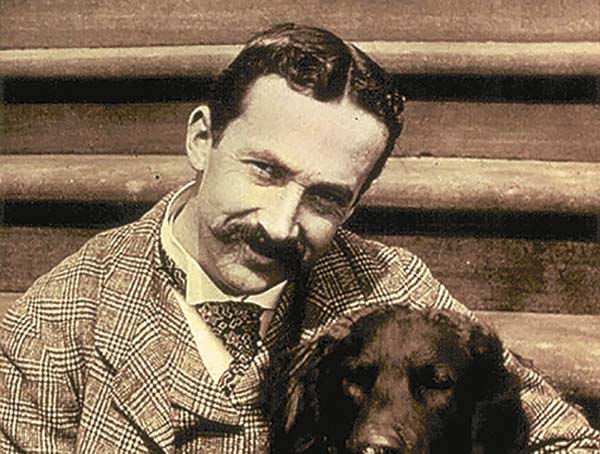
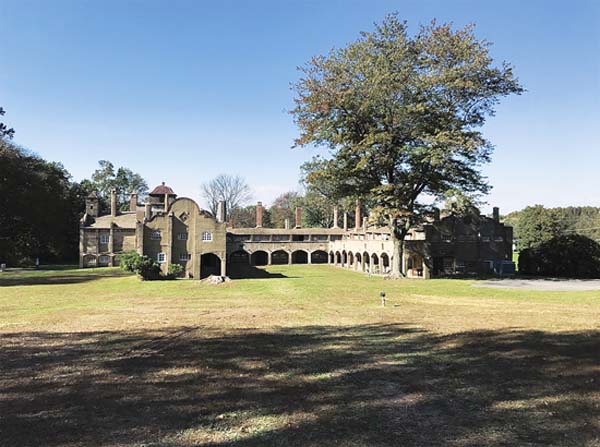

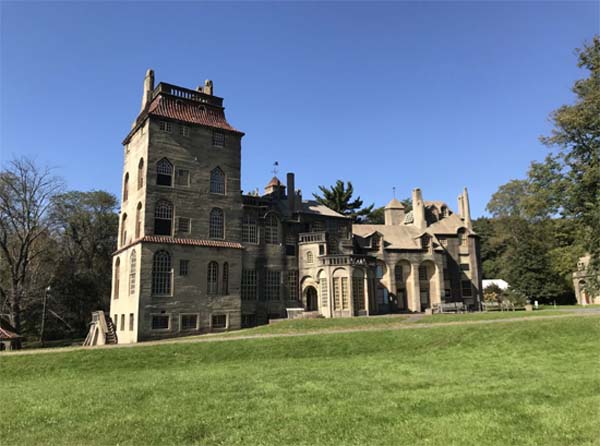

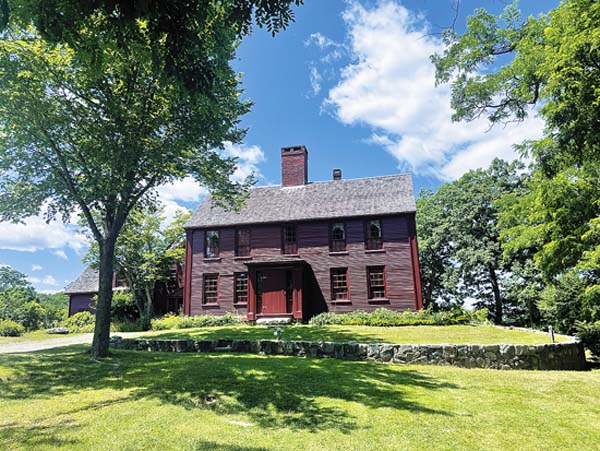
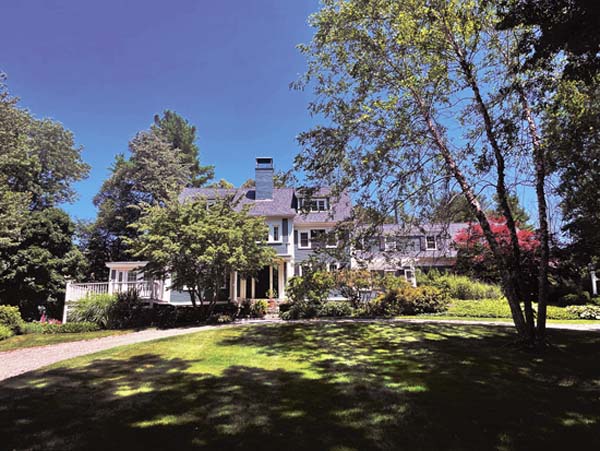

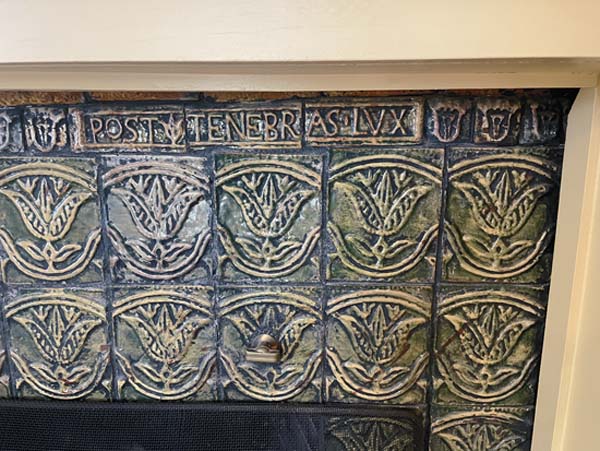


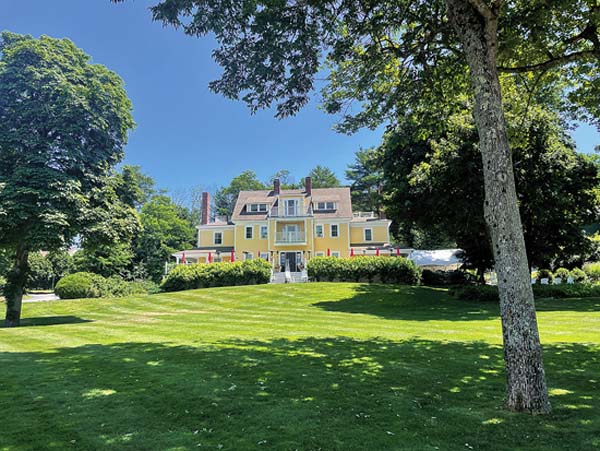
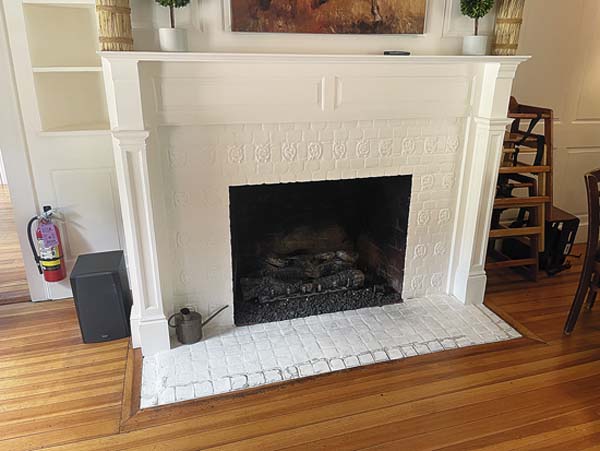
SHARE
PRINT